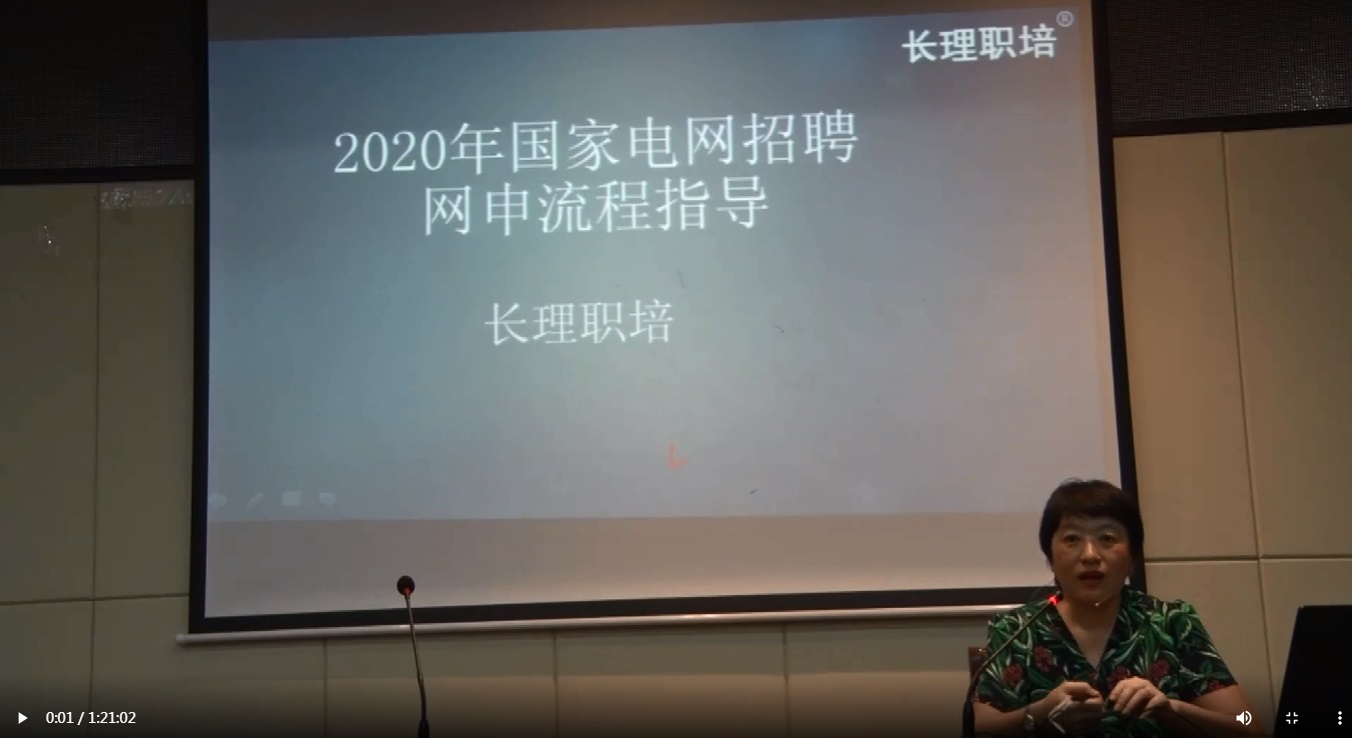In 1492, under the rule of King Ferdinand II and Queen Isabella I, Jews, Gypsies, and Moors were expelled from Spain. Along with native Andalucians, they were forced to take refuge in the Andalucian mountains. There they could escape the Inquisition, which threatened their very survival.
While in exile, the people of these distinct cultures together conceived a new and exciting musical art form, characterized by pride, passion, and defiant dignity. It incorporated acoustic-guitar playing, singing, chanting, dancing, and staccato hand-clapping. This bold, provocative,1 and unique style was named "Flamenco"。
Considerable debate surrounds the origins of the word "Flamenco". Some believe it simply means "Flemish"。 Others contend2 that it comes from the Dutch word, vlaming, meaning "fiery", "flaming", or"brightly colored". Others trace it back to the Arabic felag mengu, which refers to all persecuted people who fled to the mountains to escape the Inquisition.
The intensity of Flamenco inspires a sense of magic, and evokes3 from its audience an intense reaction. The staccato of the dancer's heels against the floor, and the sharp bursts of clapping punctuate the singer's haunting wail. The bright, swirling dresses add to the spectacle, and elicit4 cries of encouragement from the spectators. These elements, along with the musical virtuosity of the guitarists, combine to create a performance which, once seen, is never forgotten.
公元1492年,在国王费迪南二世和王后伊莎贝拉一世的统治下,犹太人、吉普赛人和摩尔人被逐出西班牙。这些人跟当地的安达卢西亚人一起,被迫在安达卢西亚山区避难。在那儿,他们才能躲过威胁他们生命的宗教审判。
流亡期间,这群有着不同文化背景的人共同构思出一种崭新并能鼓舞人心的音乐艺术形式,它以自豪、热情和高傲的尊严为特征。结合古典吉他的弹奏、歌唱、吟诵、舞蹈和断续的击掌。这种大胆、煽情、独一无二的风格便称作"弗拉门戈"。
关于"弗拉门戈"一词的起源人们争论不休。有些人认为它仅仅只是"佛兰德斯的"的意思。其它人则主张它是从荷兰文字"vlaming"而来,意思是"如火的"、"燃烧的",或"色彩明亮的"。还有人追溯到阿拉伯文"felag mengu",指的是那些遭到迫害,逃往山区躲避宗教审判的人。
弗拉门戈的热情激发了神奇的魔力,也博得了观众们热烈的反应。舞蹈者的脚后跟断续地敲击着地板,伴随着响亮的击掌声,更加深了演唱者萦绕的悲叹。鲜艳、飞扬的裙摆使表演场面更加壮观,引得观众频频叫好。这种种因素,加上吉他手精湛的音乐技巧,结合起来创造出一种过目难忘的表演形式。
编辑推荐:

温馨提示:因考试政策、内容不断变化与调整,长理培训网站提供的以上信息仅供参考,如有异议,请考生以权威部门公布的内容为准! (责任编辑:长理培训)






















点击加载更多评论>>